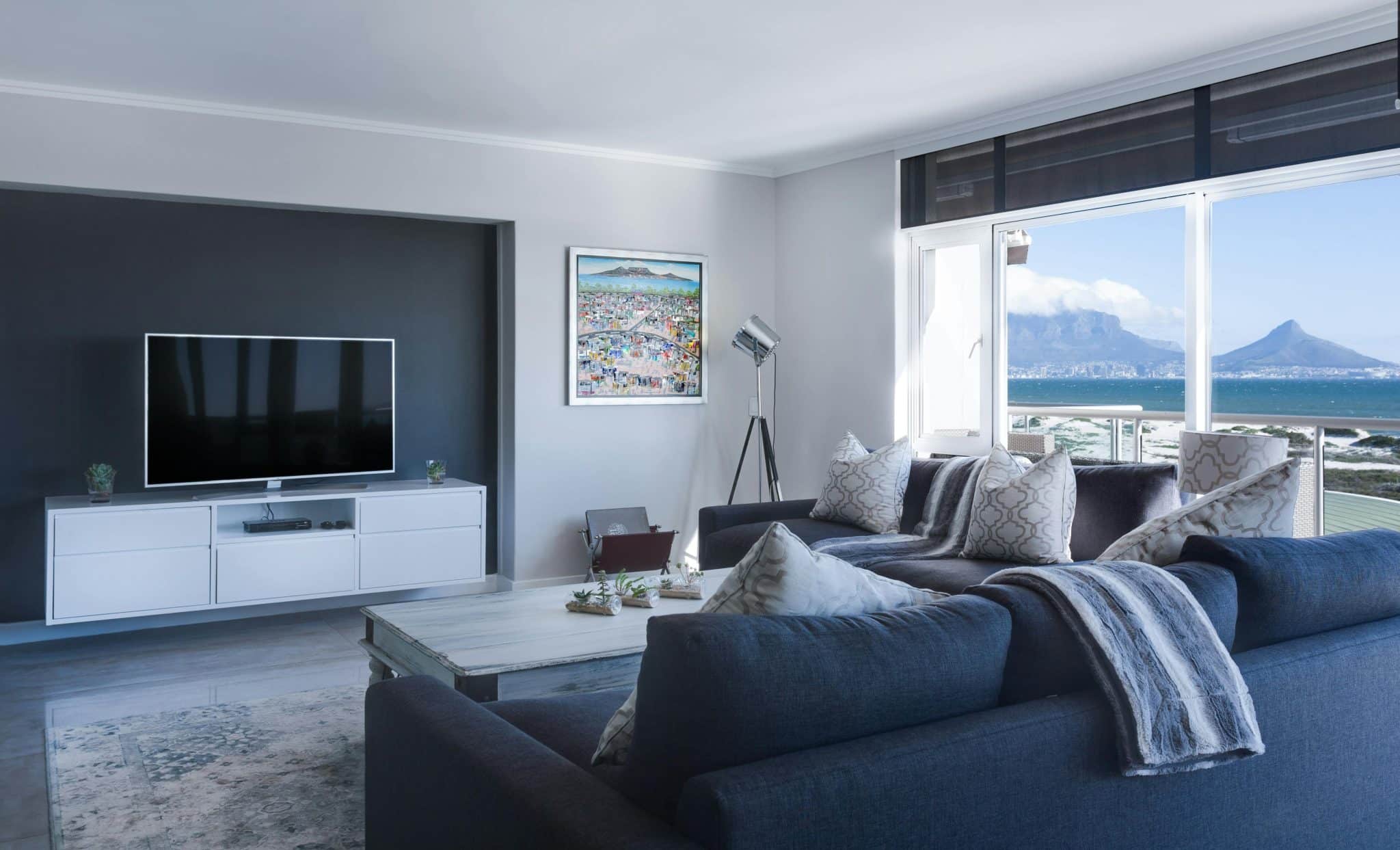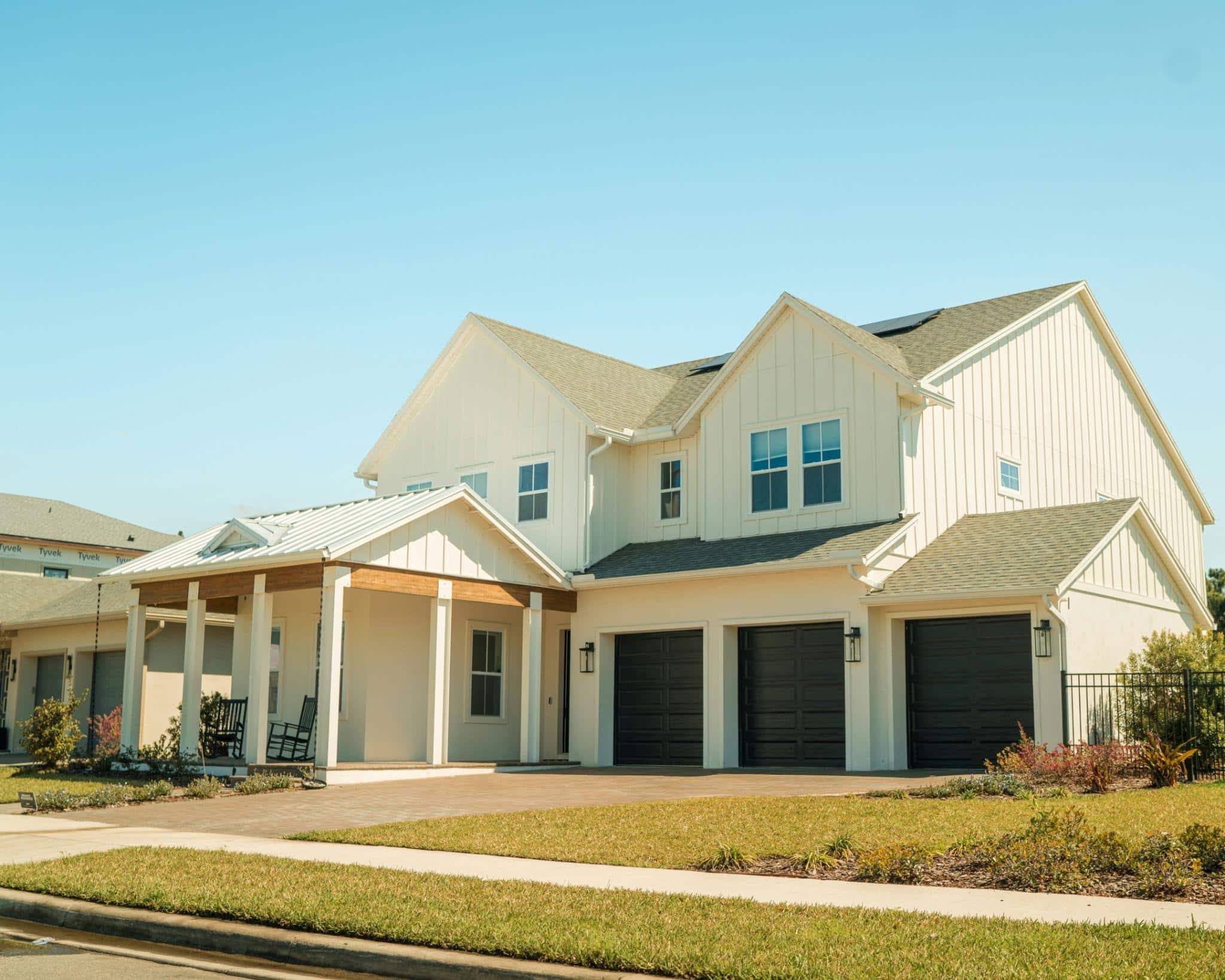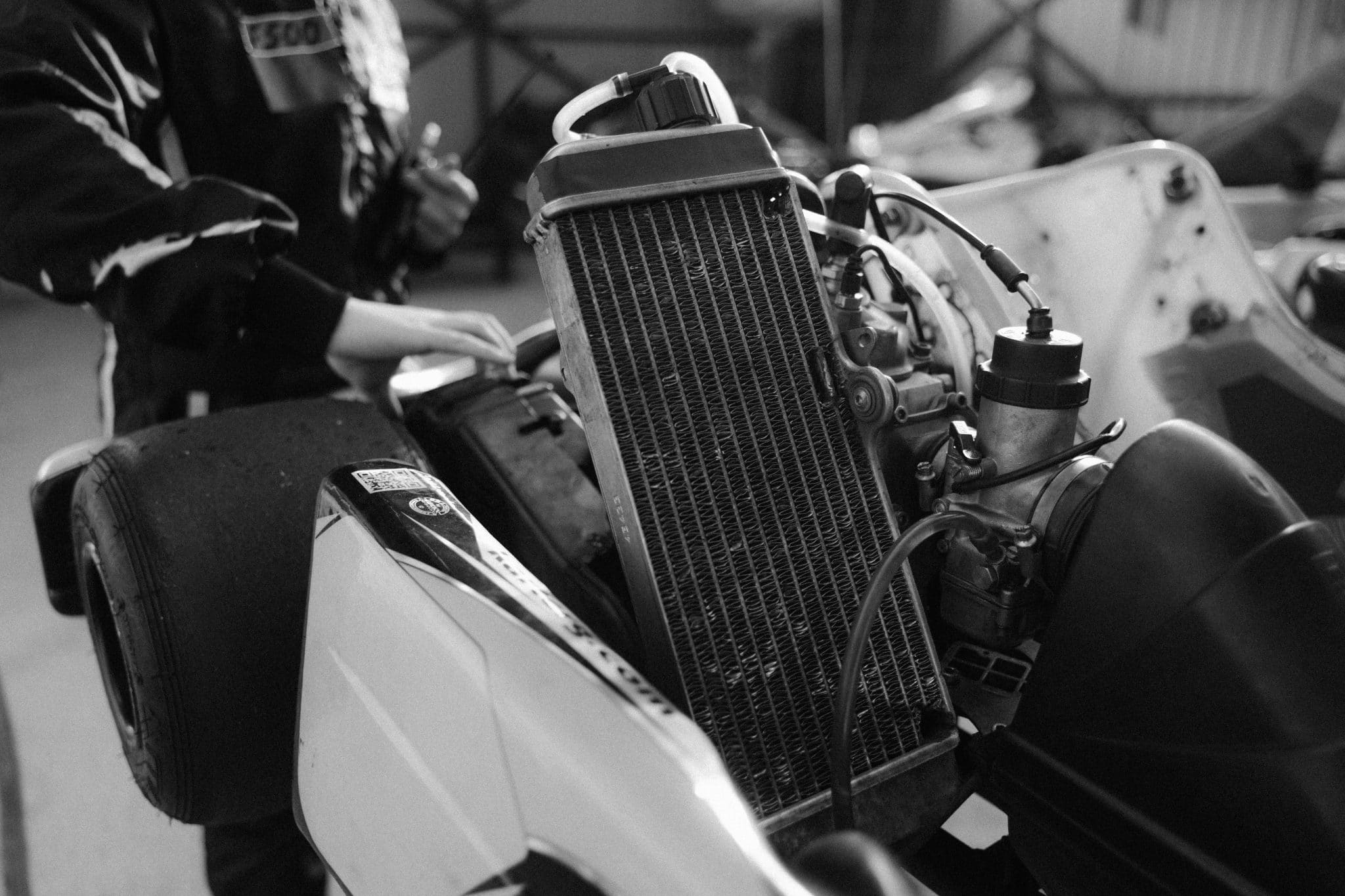Most commercial buildings take a beating year after year, rain or heat wear down the roof faster than expected. Ignoring small signs now can lead to major costs later. Upgrading the roof might sound expensive at first, but with the right approach, it’s one of the smartest ways to cut long-term expenses. Here are seven cost-saving tips for upgrading a commercial roof without wasting time or money.
1. Start With a Roof Inspection
Before jumping into any upgrade, get a full inspection from a certified roofing contractor. A trained eye can spot hidden damage, weak spots, poor drainage, and energy loss. That report becomes the starting point for any smart upgrade plan. An inspection also helps avoid overspending. Sometimes a simple repair does the trick. Other times, a complete replacement might be the better long-term option.
2. Choose Energy-Efficient Materials
Switching to energy-efficient roofing materials reduces utility bills year-round. Materials like cool roofs reflect sunlight instead of absorbing it. That means less heat enters the building, and cooling systems don’t need to work as hard. Single-ply and thermoplastic roofing are both good options to look into. Also, these materials improve indoor comfort, which could reduce maintenance on HVAC units.
3. Invest in Proper Insulation
Roof insulation plays a huge role in regulating indoor temperature. Old or poorly installed insulation lets air leak out and energy bills climb. During an upgrade, adding the right amount of insulation keeps heating and cooling costs in check. Foam board or rigid insulation panels offer great performance and last for years. Be sure the insulation meets local energy codes, skimping here leads to future spending.
4. Install a High-Quality Drainage System
Always remember that water buildup is a silent roof killer. Ponding water adds weight and increases the risk of leaks and mold. Enhancing the drainage system during a roof project is a great move. Add scuppers or tapered insulation to move water quickly off the roof. Good drainage keeps the surface dry and extends the life of the materials. Plus, it cuts down on emergency repair calls after every storm.
5. Consider Roof Coatings for Added Protection
Take note that a commercial roof coating adds a protective layer that reflects UV rays and shields the surface from rain or debris. Roof coatings are like sunscreen for the building. Elastomeric coatings are especially popular for flat roofs because they stretch and contract with temperature changes. Instead of a full roof replacement, a coating offers an affordable way to extend the lifespan of the current system.
6. Plan for Long-Term Maintenance
Don’t wait for signs of damage to schedule a service call. Instead, set up seasonal checkups with a roofing contractor to clean debris, inspect seals, and make small repairs before they turn into big ones. Taking care of the roof regularly helps keep it in good condition and prevents costly repairs later. It’s like giving a car an oil change, it keeps things working right and helps avoid sudden problems.
7. Work With a Contractor Who Understands Commercial Needs
For best results, work with someone who specializes in Melbourne commercial roofing and understands the demands of large-scale systems, energy codes, safety regulations, and custom material options. Aside from that, a reliable contractor knows how to balance budget and performance. With the right partner, each decision, whether it’s insulation or coatings, is made with long-term cost savings in mind.
Save More, Upgrade Smart!
Upgrading a commercial roof is more than a quick fix, it’s a smart investment. With the right materials, insulation, drainage, and maintenance plan, energy bills shrink and repairs stay rare. Each tip above helps protect the building and cut long-term costs without cutting corners. Don’t let an aging roof drain the budget. Start with a proper inspection and choose upgrades that work hard all year long.








